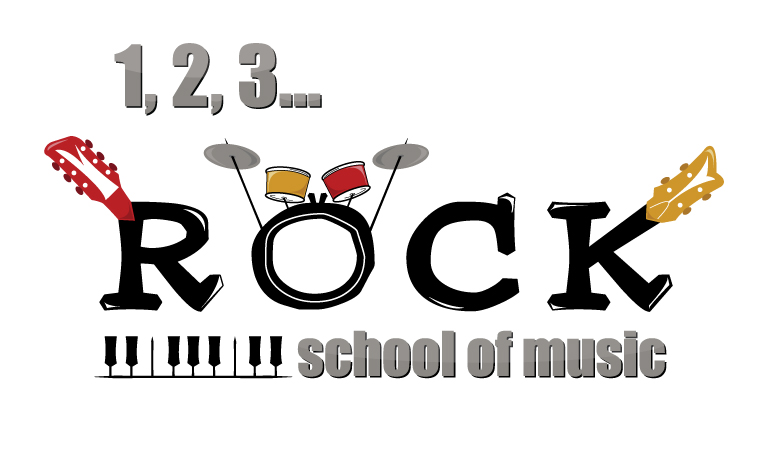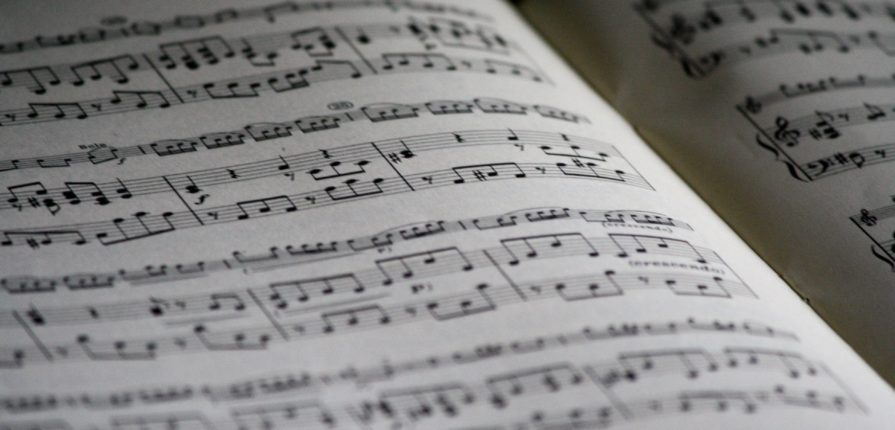Getting started with music theory can be intimidating at first. There’s so much out there that it’s hard to know where to start. Here’s a guide to learning music theory so you can easily grasp and apply the fundamentals to your music.
—
Wednesday, December 7th
1. Getting started with the basics of music
The best place to start with music theory is the absolute basics:
- Melody
Melody is a linear sequence of notes the listener hears as a single entity. The melody of a song is the foreground of the backing elements and is a combination of pitch and rhythm. - Harmony
Harmony occurs any time two or more differently-pitched notes are played simultaneously. Harmony can refer to the arrangement of the individual pitches in a chord and the overall chord structure of a piece of music. But, harmony in music theory generally refers to building chords, chord qualities, and chord progressions. - Rhythm
Rhythm is how music is systematically divided into beats that repeat a specific number of times within a bar at a collectively understood speed or tempo.
2. The rudiments of music theory
Your next steps in music theory start with rudiments:
- Scales
Scales are the raw material for melodies. Any melodic musical passage with a singable tune relies on a scale for its form. A scale is a sequential collection of notes with a specific pattern of tones and semitones. This pattern determines the sound of the scale and the way it’s used in songs. - Chords
Chords are the individual units of harmony. They occur whenever groups of consonant pitches are sounded together. The relationship between the pitch of two tones is known as an interval. The type of intervals contained inside a chord determines its chord quality.You might already be familiar with major and minor—the two basic chord qualities. But there’s much more to discover.
- Key
It sets the pattern that makes up the principal major or minor scale and harmonic “home” of the song. The key of a piece of music is determined by a set of sharps or flats (accidentals) called a key signature.
A key signature appears at the beginning of a line of music to indicate which notes must be altered from their original state to fit the key. Keys are the harmonic and melodic context for the action in a song. They provide a template that helps musicians know what notes to play when playing with each other.
3. Reading music notation
Music notation is how you analyze music theory concepts. Understanding how the language of music is written provides the foundation for growing your theory knowledge.
Even if you never play or perform music from a written score, the way music is represented on a page helps you connect the dots between what you hear and what you play. Developing that connection is how you shorten the time it takes to bring your ideas from your imagination into your tracks.
4. Rhythm is the pulse of a song
Groove and feel can get you a long way, but a solid understanding of rhythm can take you to new places.
Standard straight rhythms are the basis for most beats and grooves, but polyrhythms are how you take your rhythmic sense to the next level.
Polyrhythms are hybrid grooves that combine different rhythmic patterns together.
This article is a re-post, with minor modifications, of “Music Theory: The Basics You Need to Make Better Music” published on blog.landr.com


